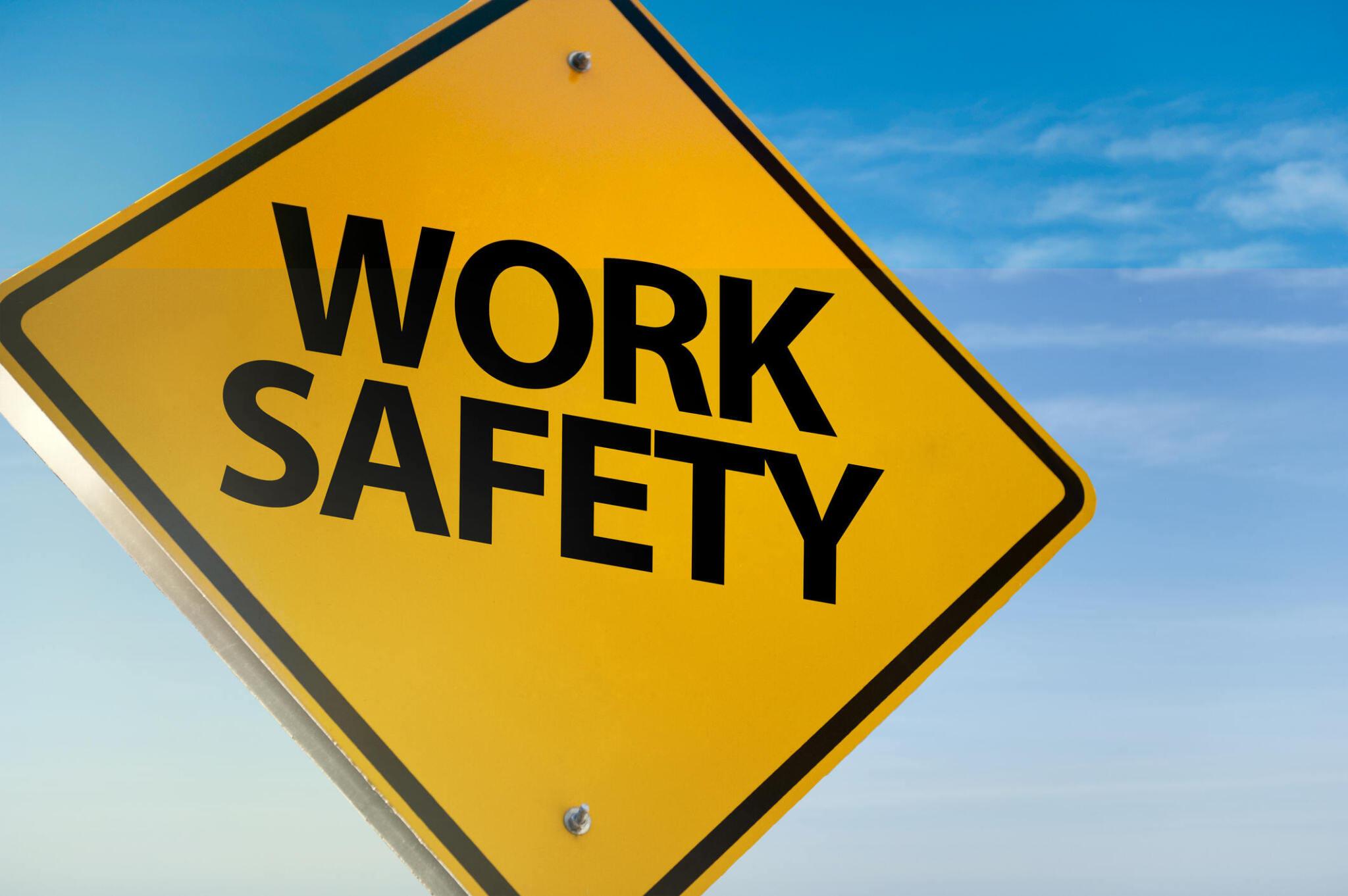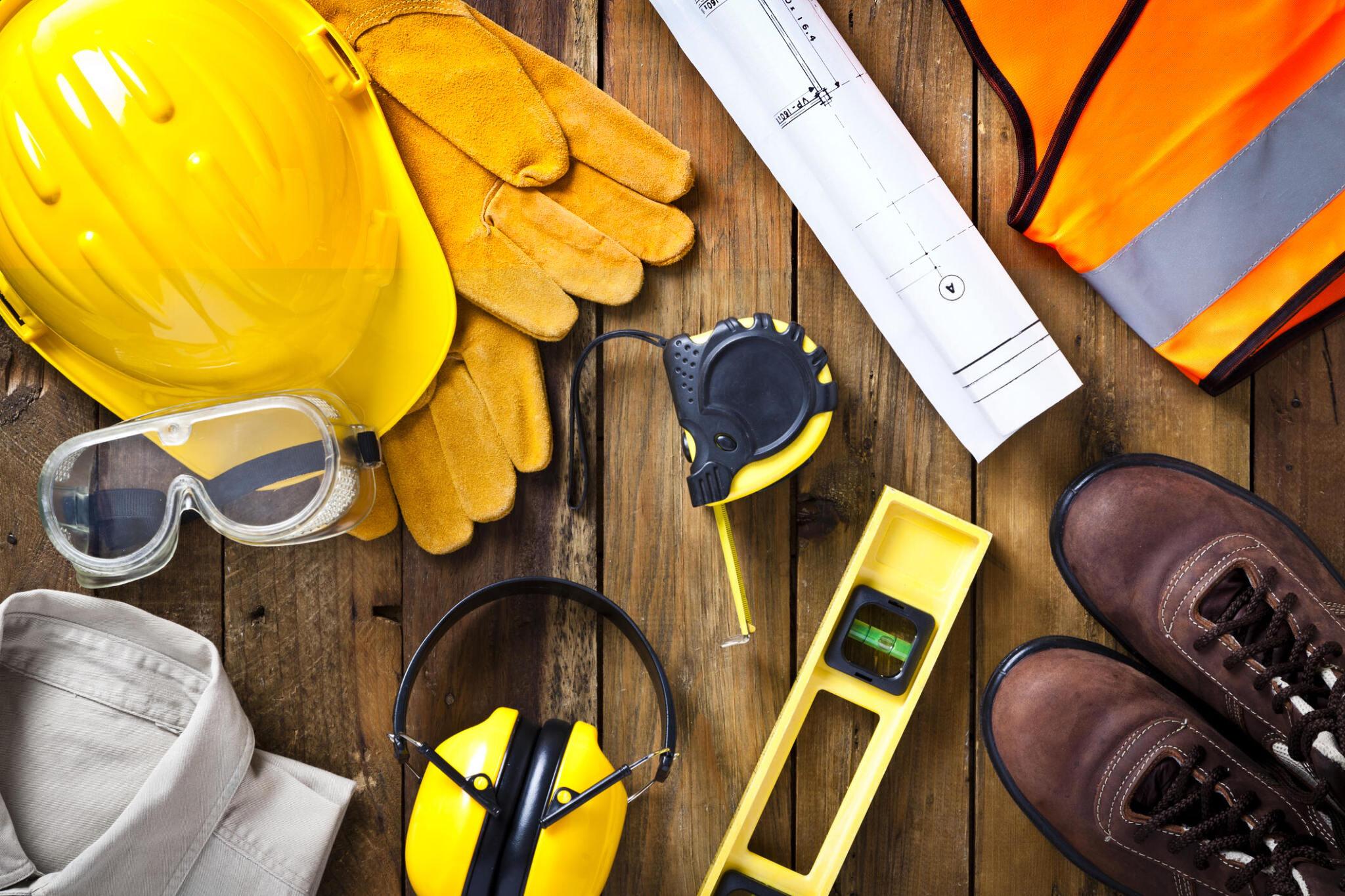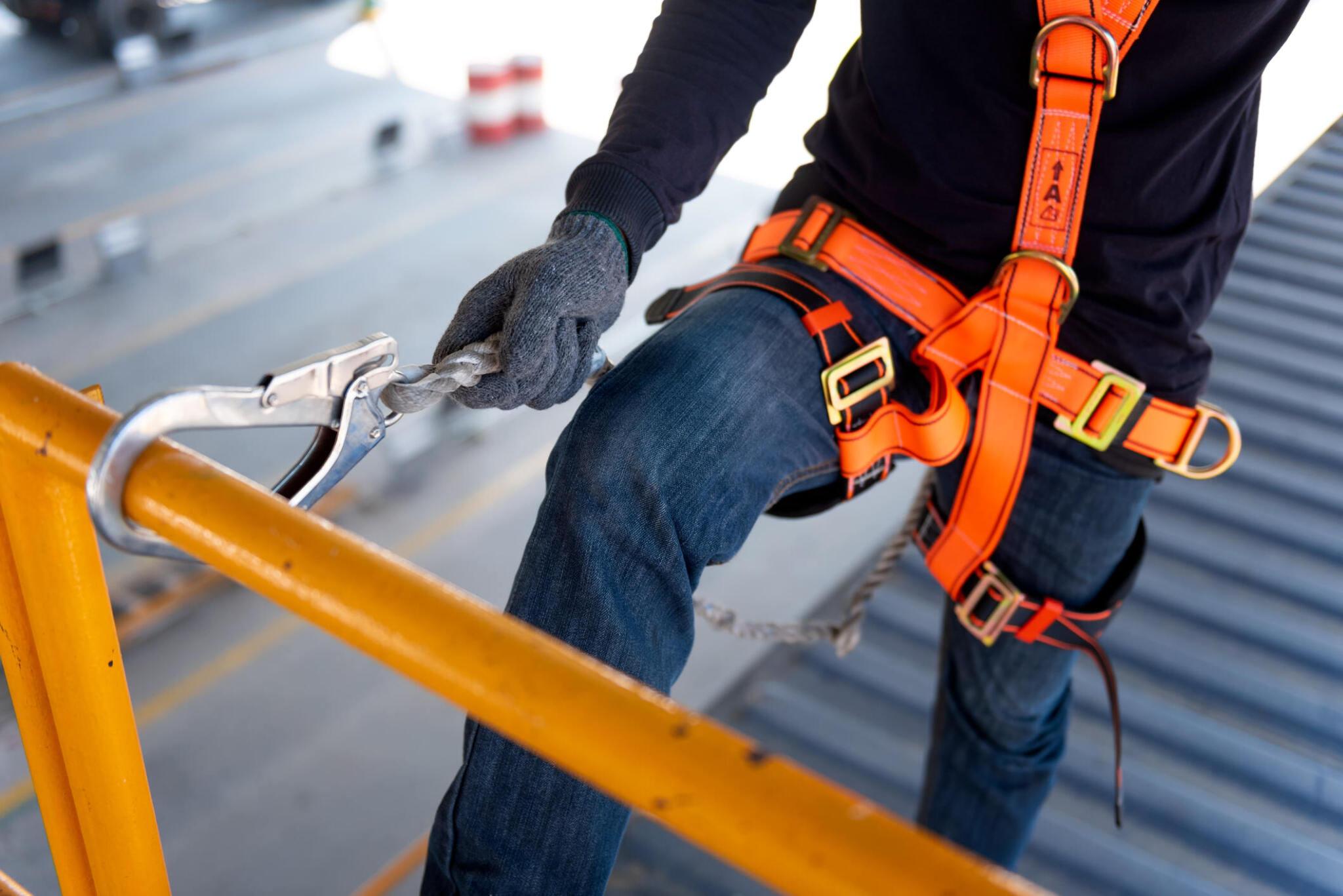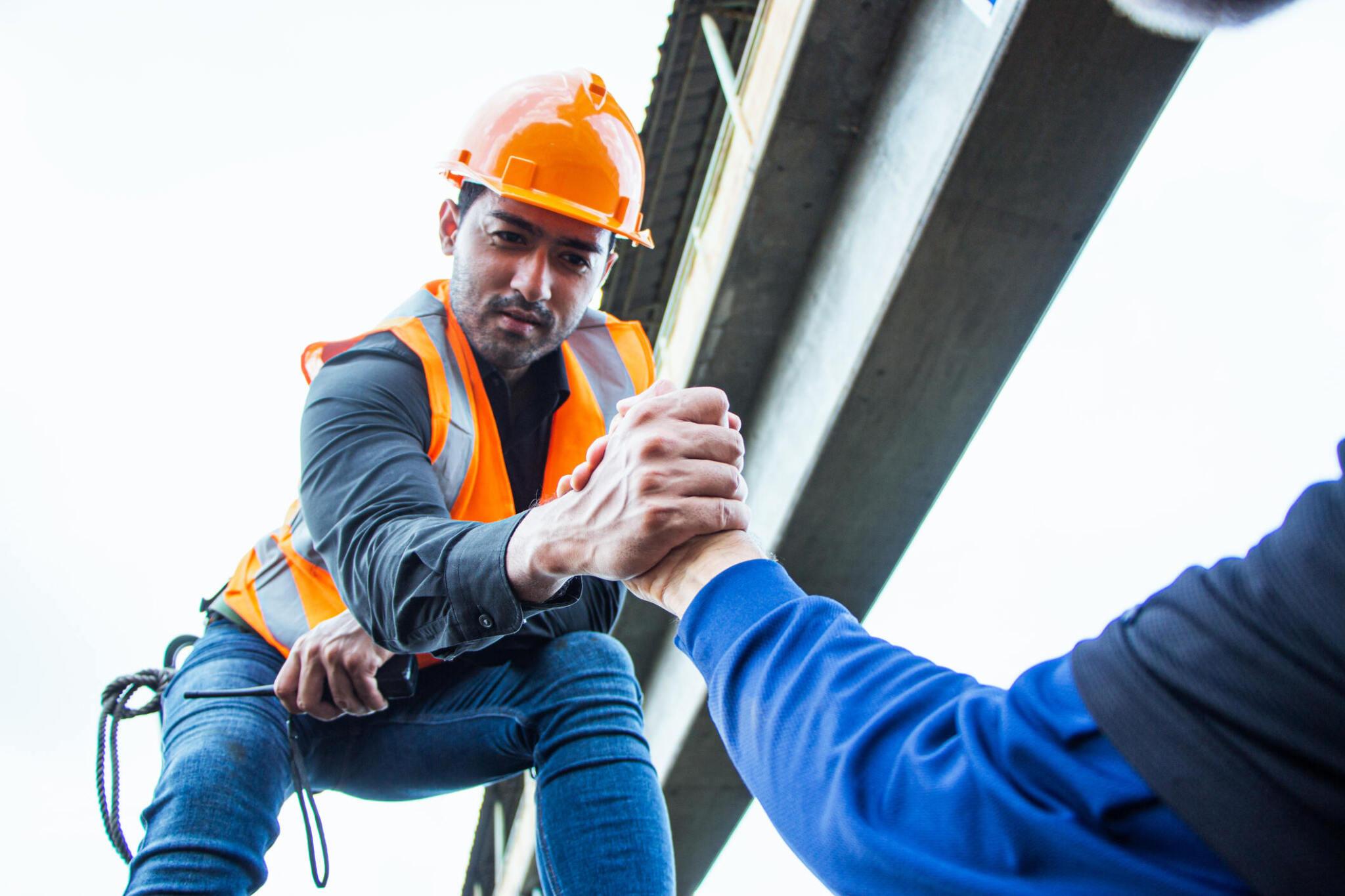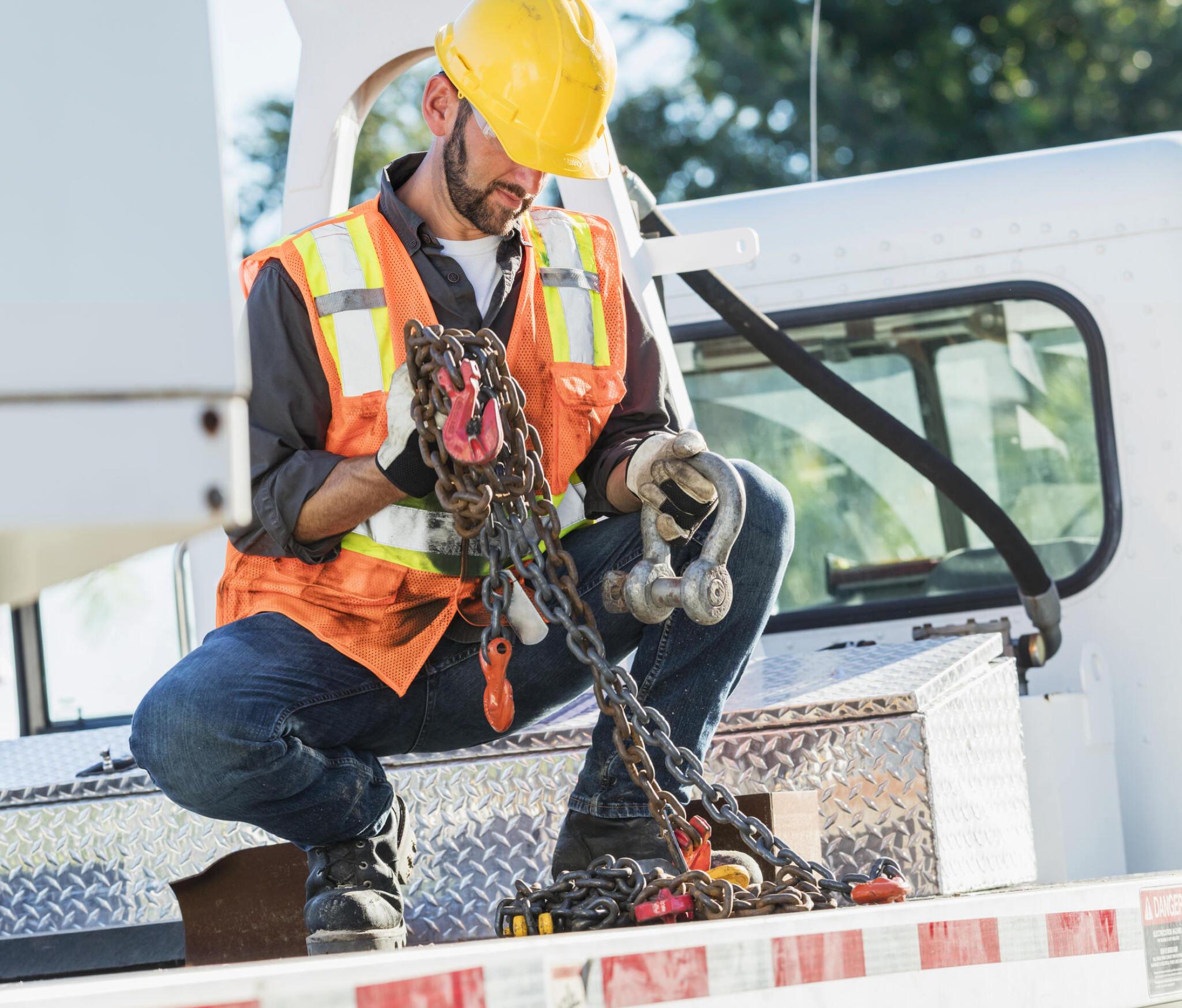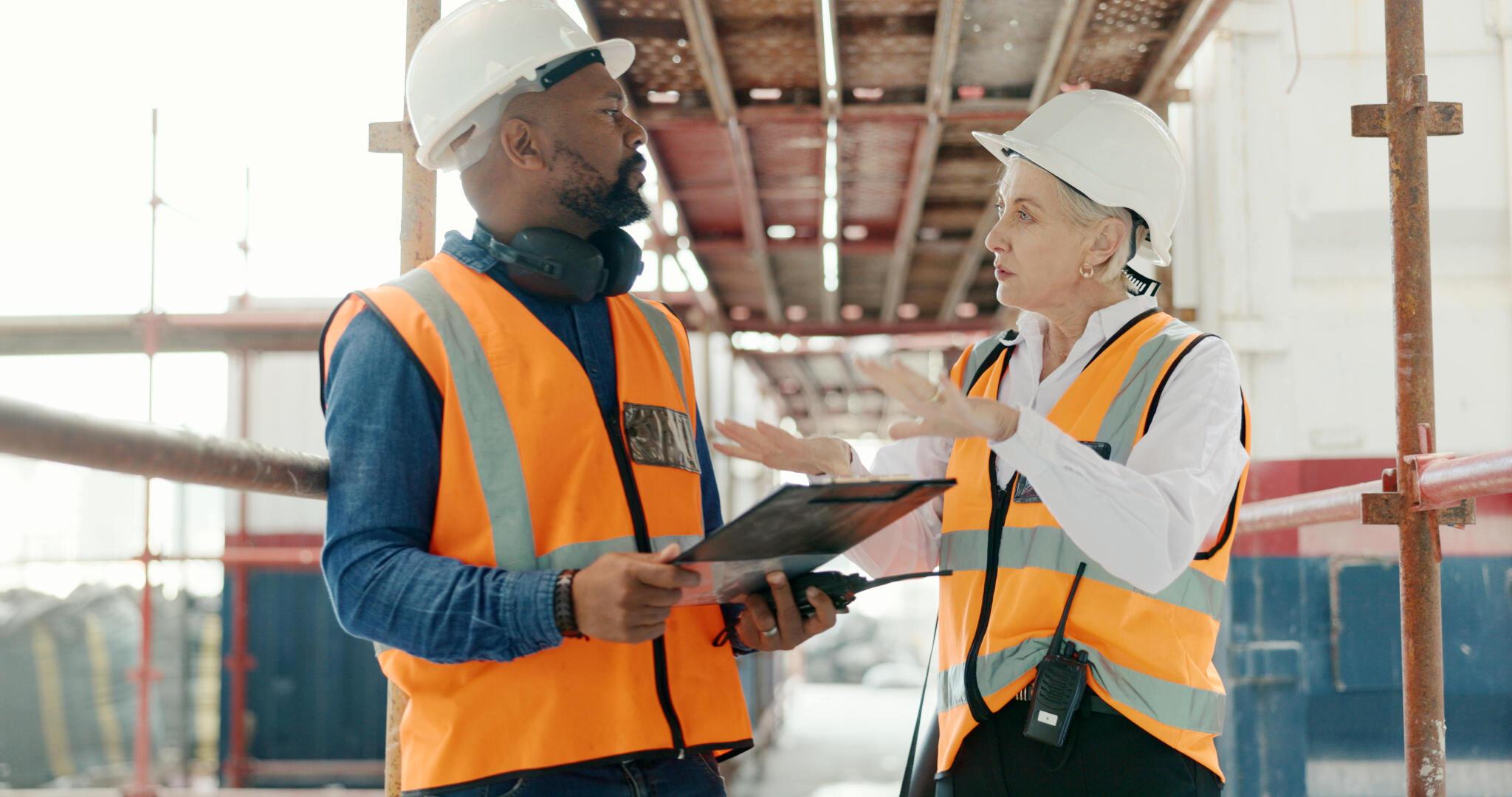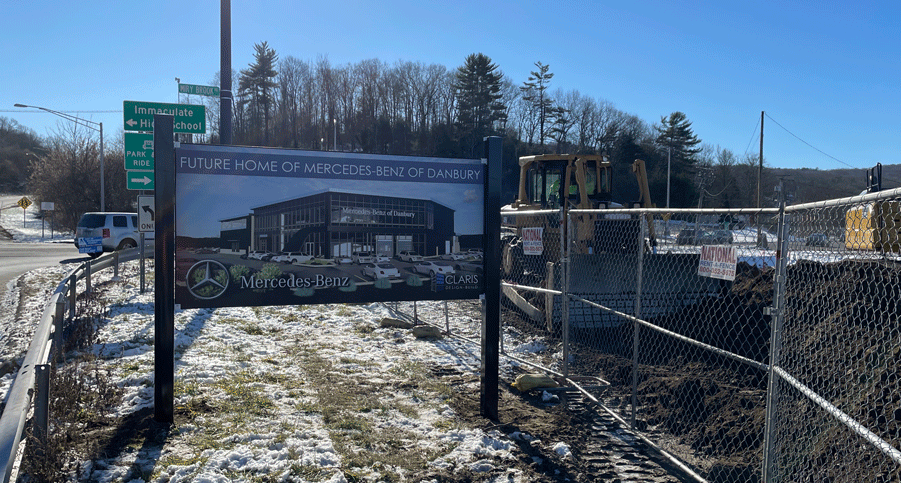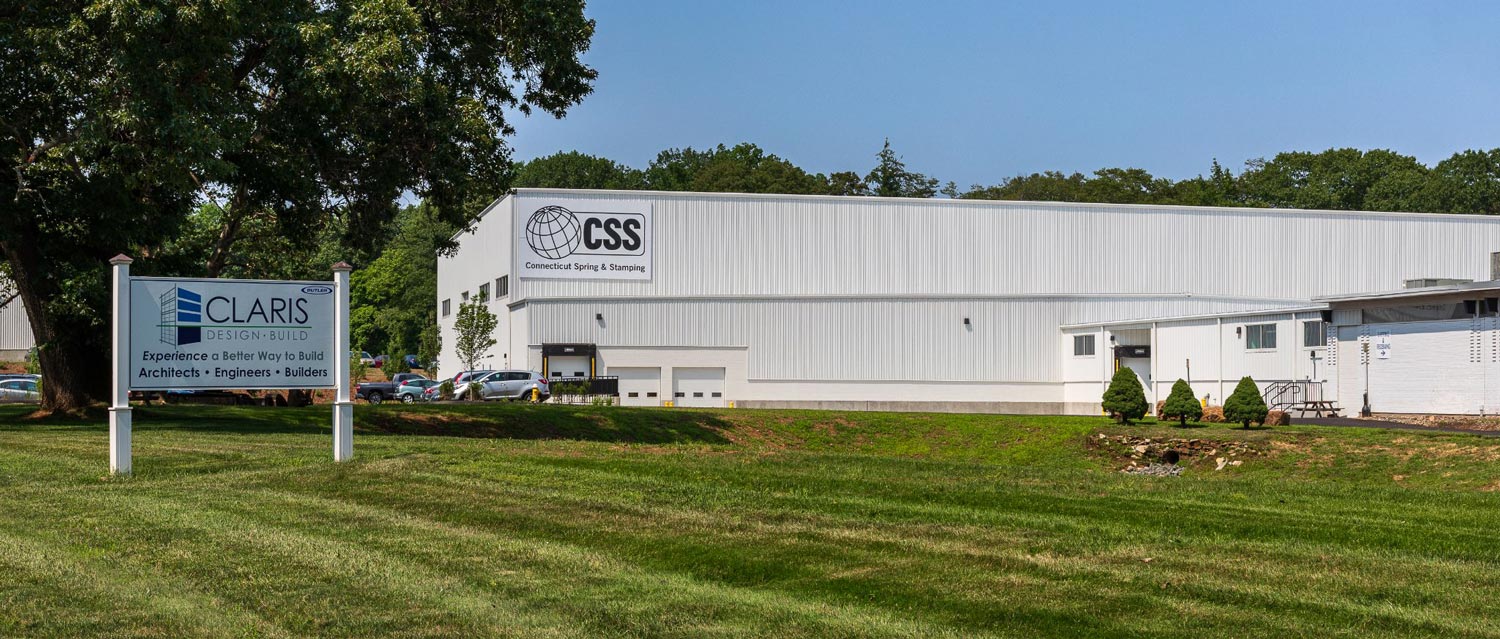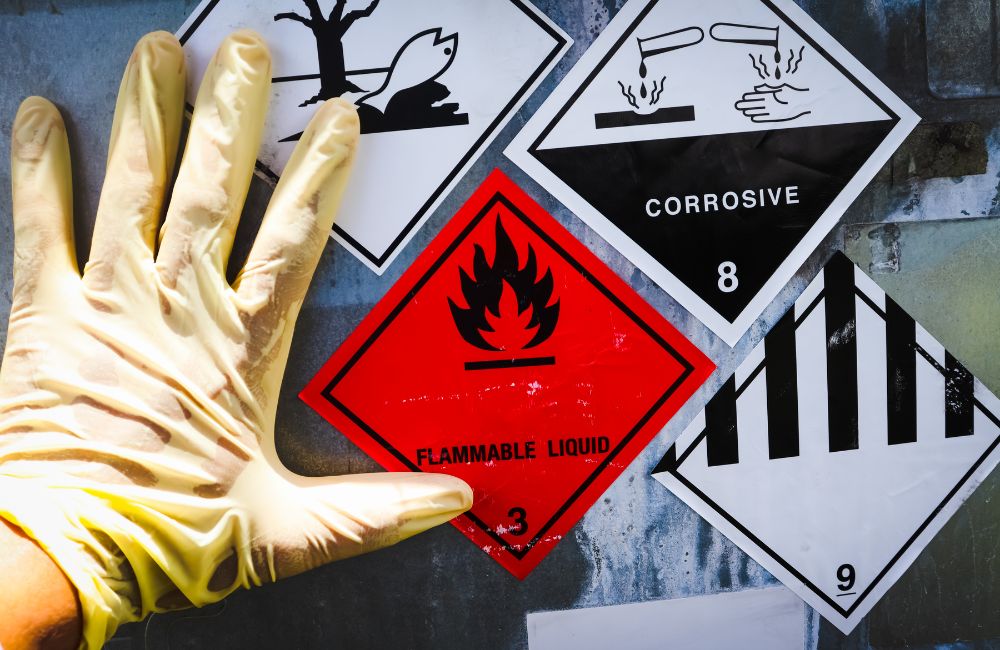Working in construction is risky. In fact, workers experience various types of minor to fatal injuries including falls from heights at work, injury from falling objects, deep-cuts from equipment-related accidents, and even death. In fact, according to the Bureau of Labor Statistics, the construction industry was responsible for 46.2% of all deadly falls, slips, and trips in 2021 alone.
Therefore, it’s crucial for both management and workers to adhere to construction site safety rules and standards to ensure a safer working environment. Following these ten basic construction safety rules is crucial to keep you and your colleagues safe while on site.
1. Wear Personal Protective Equipment — ALWAYS!
Your safety gear is your first line of defense when working on a construction site. This setup allows you to protect yourself from various types of hazards in the workplace, including moving objects, collapsing trenches, electrical systems, and airborne materials. Wearing Personal Protective Equipment (PPE) is required in the construction industry as part of meeting Occupational Safety and Health Administration (OSHA) standards. These protective measures include helmets, gloves, safety boots, and high-visibility vests crucial for minimizing the risks associated with construction tasks.
For instance, a piece of your PPE may act as a guard for your eyes so you can keep them safe from flying particles. There are also earmuffs that can help prevent damaging your ears due to high levels of noise at the construction site. Each element of your PPE works together for a purpose, so you must know how to use them correctly.
2. Don't Skip the Induction
Every construction site has its own set of risks — that’s why inductions are in place. This is to ensure that workers are aware of any risks they should expect when working on the site. The induction is also the first step to understanding which areas of the construction site are dangerous and what should be done to prevent any harm. This includes avoiding areas with overhead electrical hazards and staying away from open excavations.
During the induction, don’t forget to take note of emergency exits and the location of safety equipment. Asking questions is also encouraged to clarify any specific hazards or safety information. Once the induction is complete, you can also take time to familiarize yourself with the layout of the site. This will help you identify evacuation routes and find safe emergency exits in case of major accidents.
3. Keep the Site Clean
Another way to prevent accidents is to keep the construction site clean. Even a small spill of drink can cause someone to slip and fall. At all times, it’s important to keep your tools and equipment tidy and organized. If there are no workers assigned to deal with the overall mess, take it to yourself to be responsible for your tools. It also won’t hurt to remind your co-workers to keep their zones clean as well.
Apart from having a daily cleaning routine and organization, proper waste management is also key to safety. Poorly stored waste can threaten your health and may make you more vulnerable to sickness while you’re working on-site.
4. Better Be Safe than Sorry!
Practicing safety in the workplace should be part of your work routine. Approach each day with a ‘safety-first’ mindset and a proactive attitude so you can be mentally and physically prepared at all times, minimizing hazards and prioritizing your safety. If you encounter unexpected risk in your area, don’t hesitate to report it. Contact your supervisor immediately so they can warn your coworkers about the dangers and potentially make a new plan to manage them.
5. Obey Safety Signs and Procedures
Safety signs on a construction site are there for a reason. Don’t disregard them, as they will help prevent accidents. These signs are typically highly visible, allowing you to spot them immediately from a considerable distance.
For example, prohibition signs (usually red) guide you on actions you should not do within that specific area. On the other hand, mandatory signs (usually blue) tell you what safety measures you must follow while on site, such as the need for a helmet and other protective gear in various construction zones. There are also warning signs (which are yellow), that alert you of any danger or hazard, such as deep excavations, high voltage fences, and work overhead.
Of course, if you’re not familiar with the signs, you can always ask your supervisor to help you with these guidelines.
6. Avoid Unsafe Areas
It’s not difficult to spot unsafe areas within a construction site. They’re usually guarded with barriers, cautionary tape, and signage to keep workers out. These immediately mean that you should not cross these areas unless you have explicit permission or the proper safety equipment.
Some of the more unsafe zones are demolition sites, areas under construction, and spots where heavy machinery operates. Make sure you know exactly where these designated areas are so you don’t risk accidentally walking into one of them during your normal work day.
7. Report Any Issues
If anything changes within your area or working conditions, no matter how minor, you have to report it. If the ground feels a little wetter than usual, document it. If a barrier seems to be broken in a designated unsafe zone, raise your concern about it. What’s important is that you do it immediately so the right people can look into and fix the issue as soon as possible.
In line with this, you also have to be aware of how to follow through with reporting practices. This may include writing incident reports, making standard calls, or logging into a digital reporting system. This way, you can take a proactive approach and prevent yourself from assuming that somebody else will do the reporting.
8. Don't Mess with Equipment
Another risk you can encounter in a construction site is related to machinery and equipment. Misuse of machines and tampering with construction equipment can lead to serious injuries. Even if it’s a machine you have experience with, improper usage can still be hazardous.
Most equipment comes with bypass safety features like automatic shut-off and guards that should never be disabled. Before using the equipment, pre-inspect these features and ensure that none of the elements have been altered or touched. Once you’re done with the equipment, follow proper lockout/tagout procedures to ensure that you’ve correctly shut down the machinery.
9. Use the Right Tools
Apart from machinery, you also have to use your tools properly. It’s not only about being efficient and productive at work — it’s also about preventing any injuries that can cause you or your colleagues bodily harm during work. As a rule of thumb, inspecting tools before use to assess their condition is a must. Remember, a malfunctioning tool increases your risk of accidents and can even affect the quality of your work.
In line with this, you also have to understand task requirements to ensure that you’re well-equipped. For instance, you need to follow through on which kind of power source is necessary to start up the tool. You may also need to wear specialized helmets and gear to prevent any falling debris from damaging your head. When your task is finally completed, make sure to check for any wear and tear in your equipment, document them, and store them back properly in their designated area.
10. When in Doubt, Ask
In a place like a construction site, there’s absolutely no room for error. So, if you need clarification, refreshers, updates, operating standards, and the likes, find a safety officer or get straight to your supervisor to clarify your queries. Furthermore, remember that it may matter who you ask specific questions to.
Different workers have different areas of expertise, and they also have varying degrees of authority and responsibilities in a project. For example, you can share an equipment issue with a coworker, but they may not be able to deal with the issue because it’s outside their scope of responsibility. However, in case of emergencies, it may be best to reach out to the closest colleague rather than go out of your way to reach the supervisor, to save valuable time and allow a quick resolution.
Make Construction Safety Your Priority
It's easy to get caught up in the day-to-day work and forget about safety, especially when you're under pressure to get a job done. But taking a few extra minutes to double-check safety measures, ask a question, or clean up your work area can make a big difference. In the end, safety is about creating a culture where everyone feels responsible and empowered to contribute to a safer work environment.
If you're looking to start your next construction project with a team that prioritizes safety, efficiency, and quality, make sure to check out our experienced and dedicated professionals. Claris Design•Build has experienced architects and general contractors who are dedicated to bringing your vision to life while ensuring the highest standards of safety and craftsmanship.
Contact Claris Design•Build today to discuss your project needs and discover how we can make your construction dreams a reality. Let's build something great together where safety and quality lead the way to success!



